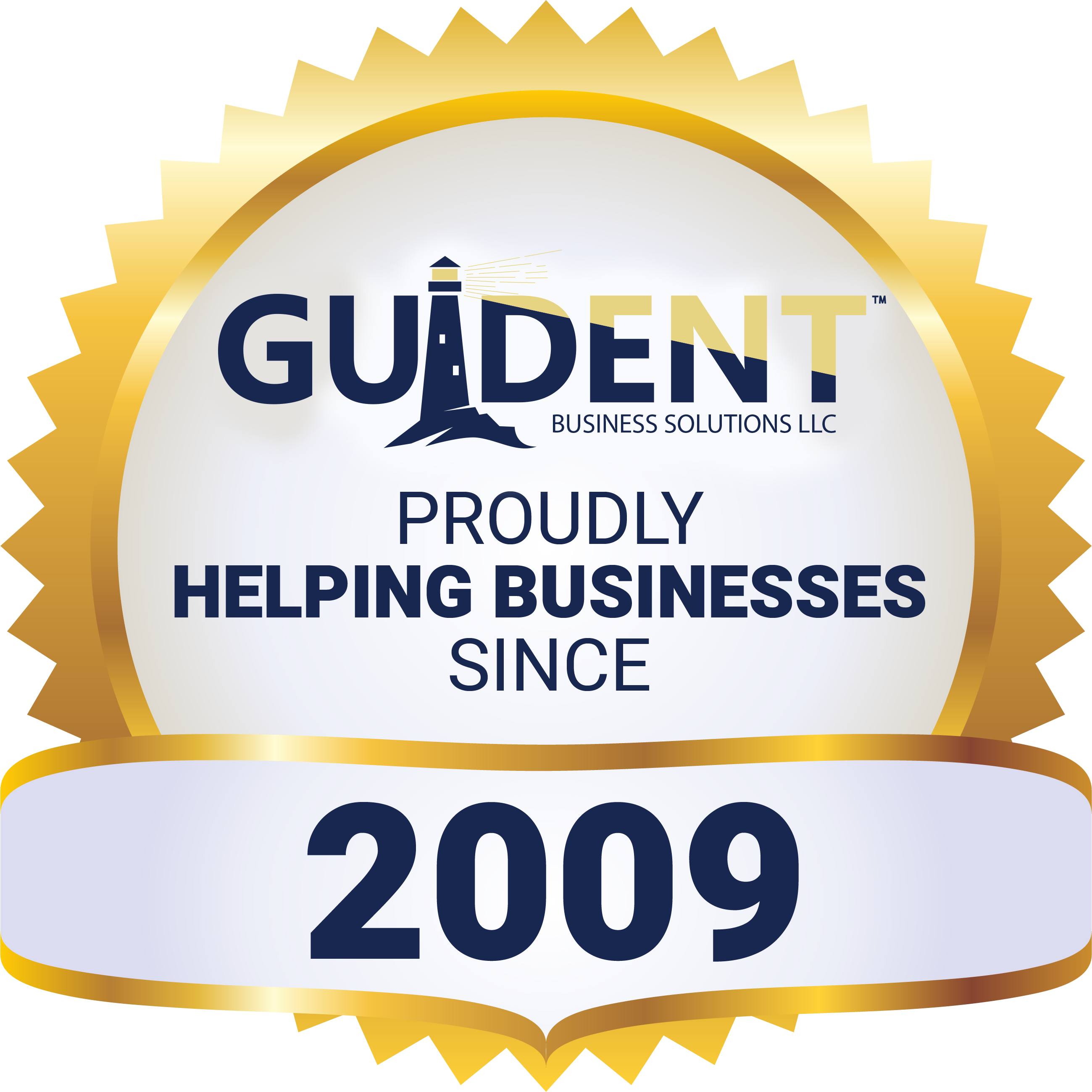“We got to get shit done and we can’t afford to lose anyone!”
I recently began to work with a company that had a problem with employees not showing up for shifts and/or often leaving shifts early. We called a meeting of the management team and began to discuss the problem and how to correct this type of damaging behavior. I asked the boss if the company had a disciplinary policy and the proper forms for the managers to use to correct these types of activities. The boss said no, the company never had anything like that. The boss said in the old days he would just threaten to fire any employee the next time “stuff like this” happened, and that would be enough to correct the problem. As of the date when I wrote this, with the unemployment rate so low, the boss said he was afraid to discipline anybody because of the worker shortage, and as the boss said, “We got to get shit done and we can’t afford to lose anyone!” As we continued our discussion, the boss was not comfortable saying anything to the employee because he was afraid to lose another worker. I stressed the fact that at least disciplining the employee or even letting the employee go […]

